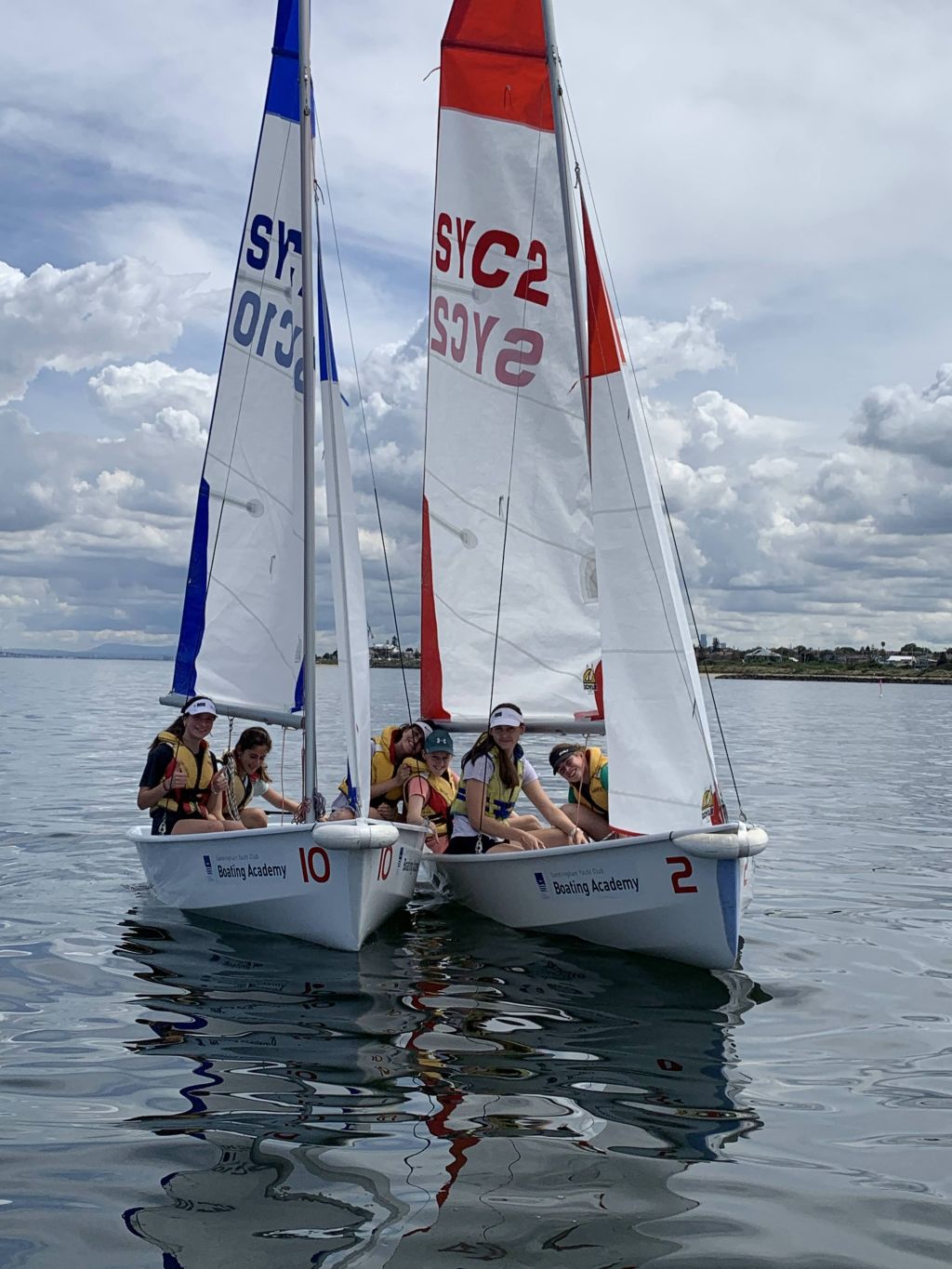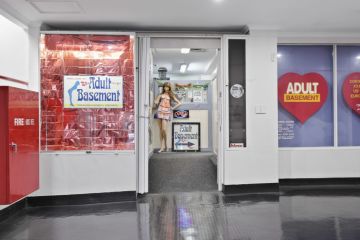Independent Schools Guide 2022: Micro-credentials are a new learning dimension

The teenage years are a formative time, as young people learn skills that will set them up for work and life. But while an ATAR or VCE study score captures a certain kind of student achievement, the skills students develop outside of the school curriculum have often been under-recognised.
“Whether they’re participating in a debate club, playing team sport or working casually at McDonalds, young people are often developing skills outside the classroom and not quite realising it,” says Mish Eastman, deputy vice-chancellor (Vocational Education) and vice-president of RMIT University.
“Many young people work part-time, often in some of our highest-pressure areas. Even though they’re 15 or 16 years old, to be successful requires complex understanding of human behaviour, and thinking about how to de-escalate rather than escalate customer situations.”
Enter the rise of micro-credentials – digital badges that recognise the skills and capabilities students develop in an array of learning areas.

Not limited by the constraints of a traditional curriculum or training package, micro-credentials are often used to complement more formal study in a way that is less time-intensive and more flexible, and help recognise the diverse array of skills which students develop outside the academic curriculum.
“Micro-credentials in the present state are really a packed-up group of smaller, digestible skills and competencies that individual learners can use as a fast, practical way to upskill,” Eastman explains.
After completing a micro-credential program, participants usually receive a uniquely designed digital badge containing metadata including the name of the badge, the level of student achievement and information on assessment rubrics and competency frameworks.
These can then easily be shared to social media platforms such as LinkedIn or stacked with other micro-credentials to create learning pathways.
Independent girls’ school Genazzano FCJ College implemented a micro-credentials platform in 2020. The decision aligned with the school’s goal to develop global learners who are future-ready, says Catherine Brandon, director of the Genazzano Institute of Learning and Brain Sciences.
“Genazzano has been engaged in a global conversation around the need to represent student learning and achievement with more than a single score or rank. [The school] embraced micro-credentials to provide flexible and engaging learning opportunities that go beyond the traditional and required classroom curriculum.”
The “future skills” micro-credential program focuses on capabilities and personal development, with courses including Foundations in Philanthropy, offered in conjunction with the Sisterhood of St Vincent’s Foundation, and the Learning Blueprint, developed by neuroscientist Jared Cooney Horvath.
The “professional skills” program, meanwhile, gives students work-ready skills that enable them to step into a range of industries, offering badges for achievements in music composition and applied computing, for example, as well as a visual art technician internship. New micro-credential programs are currently being developed, including sports coaching and academic research skills.
“The micro-credentials are essentially short courses that allow for students to choose new learning,” Brandon says. “They can dip a toe in, or deep dive to take on new experiences or develop skills.”
Other schools with their own micro-credential programs include Haileybury, which launched its HYCreds framework in 2019 and Lauriston Girls’ School, which initially rolled out digital badges across its Student Leadership and Community Services programs.
At Genazzano, the digital badges also play a key role in the school’s “Studio Beyond” innovation, a flexible learning model that allows students to design a learning program that suits them.
“The key features of Studio Beyond are micro-credentials, internships and a personalised career and mentoring program,” Brandon says. “The program may incorporate formal VCE/VET studies, but also offers flexibility for students to engage in high-level sports, performing arts, work or other activities outside of school.”
With the world of work constantly changing, others are also embracing the opportunities of micro-credentials. Universities and other education providers are complementing their degrees and diplomas with micro-credentials, while schools are also using the same platforms to recognise teacher professional development.
“It’s about giving multiple entry and exit points for students in a lifelong learning situation,” Eastman says.
“Thinking about that experience of learning and ‘just in time’ solutions that can help people either do the job they’re doing better or be ready for the next opportunity.”
- This article appeared in our Annual Independent Schools Guide magazine.
We recommend
States
Capital Cities
Capital Cities - Rentals
Popular Areas
Allhomes
More
- © 2025, CoStar Group Inc.







